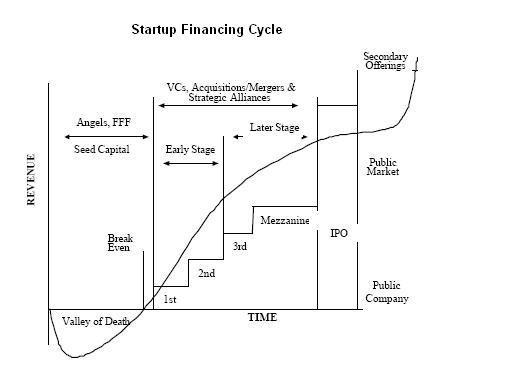Ian A. Maxwell is a veteran Technology Entrepreneur and Venture Capitalist. He is currently CEO of BT...
Venture capital
Rick Baker is the Managing Director of Blackbird Ventures, a Sydney based Venture Capital fund raised early...
In Australia too often Angel Investors have to play the role of a Venture Capitalist for technology...
Ian A. Maxwell is a veteran Technology Entrepreneur and Venture Capitalist. He is currently CEO of BT...
This is the first article in a series of articles from entrepreneurs that have been through Incubate, the...
I attended a presentation by Venture Capitalist Bill Tai of Charles River Ventures last week, (apparently the largest...
Many people don’t think its possible to get a customer to fund your business, but it really...
Learnable the programming focused MOOC has launched their election campaign with a bang doing what no...







